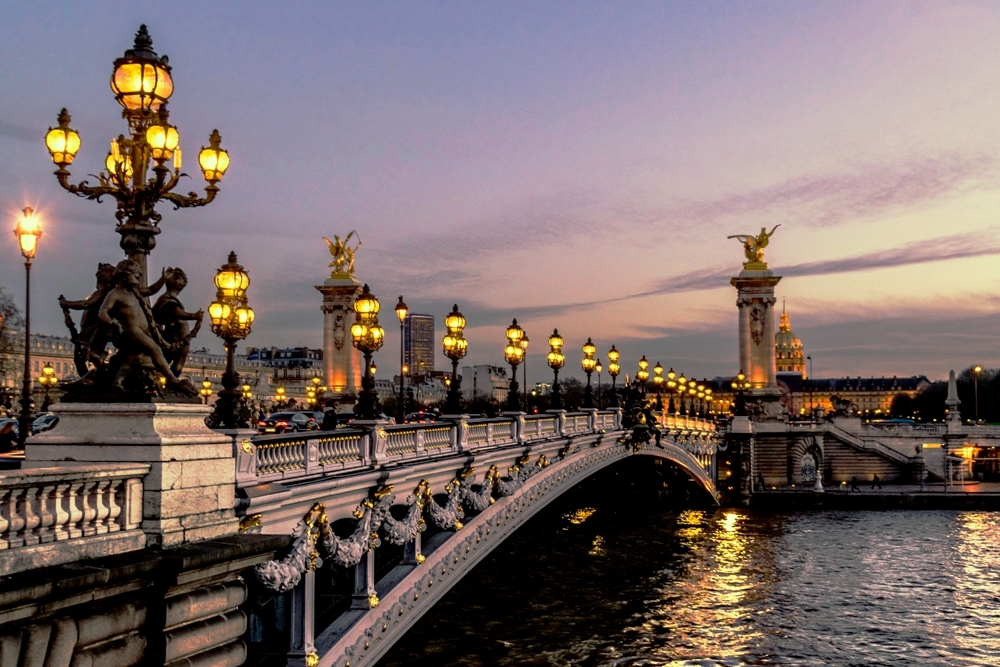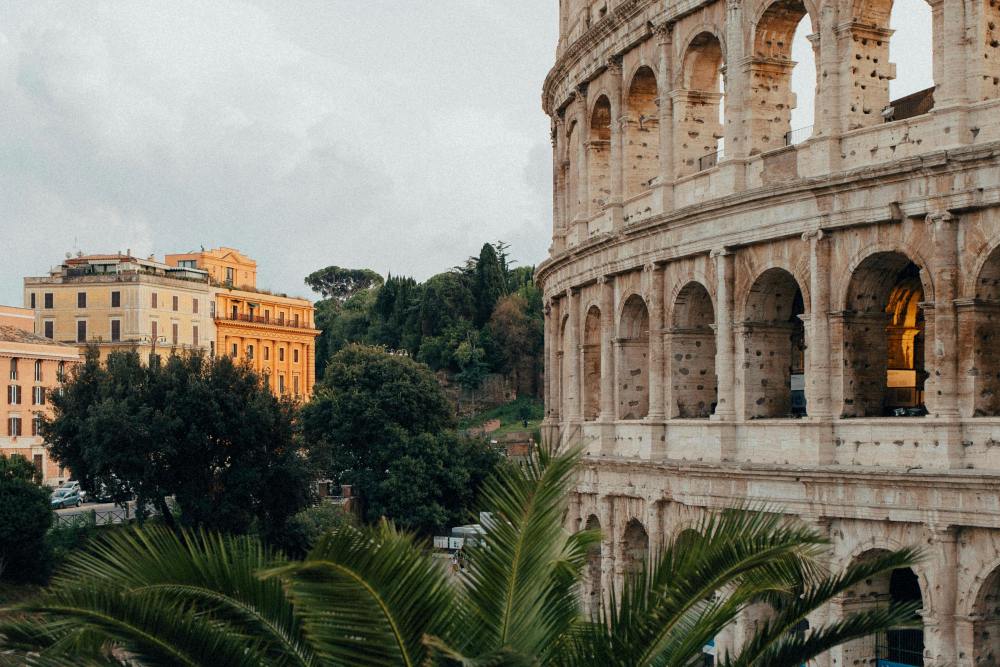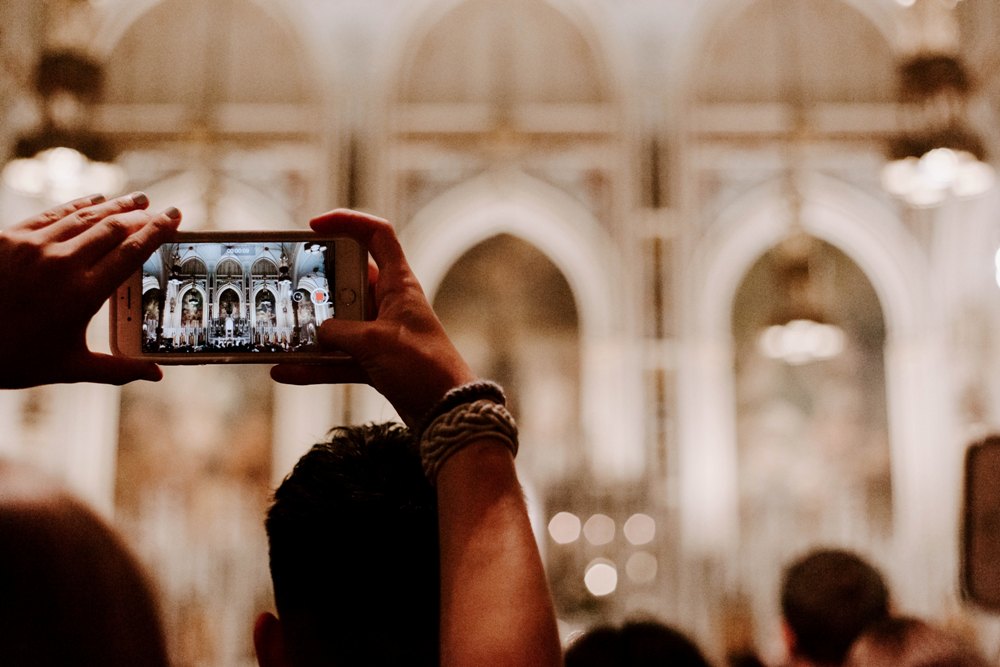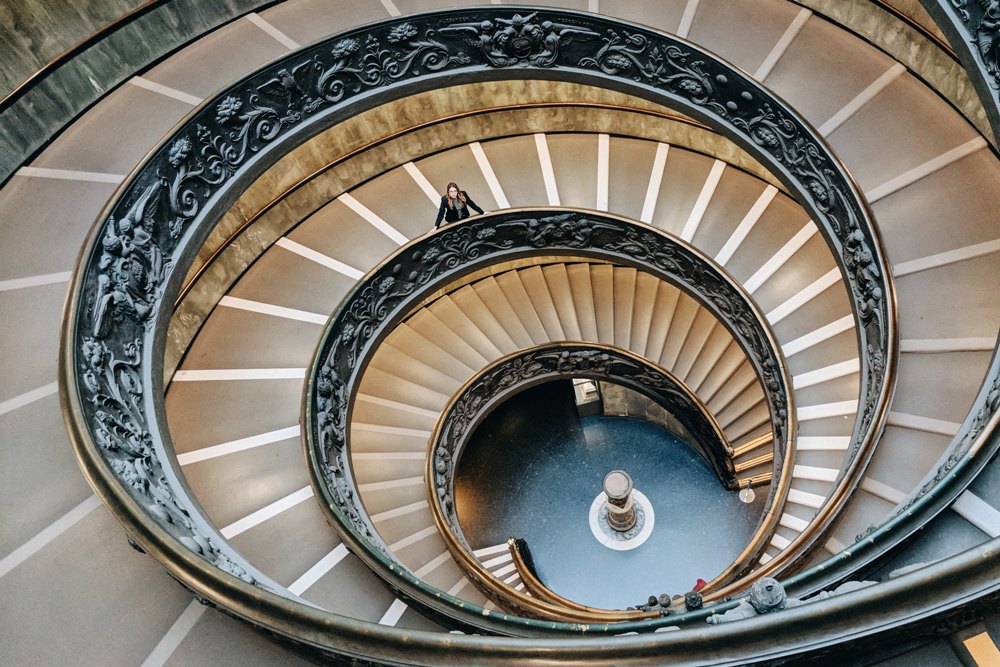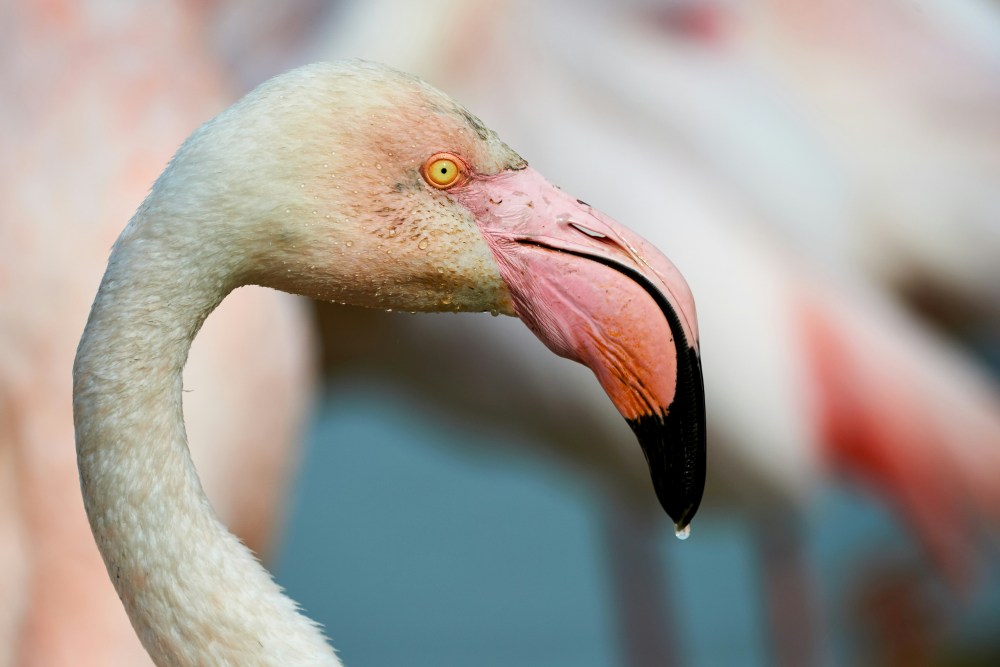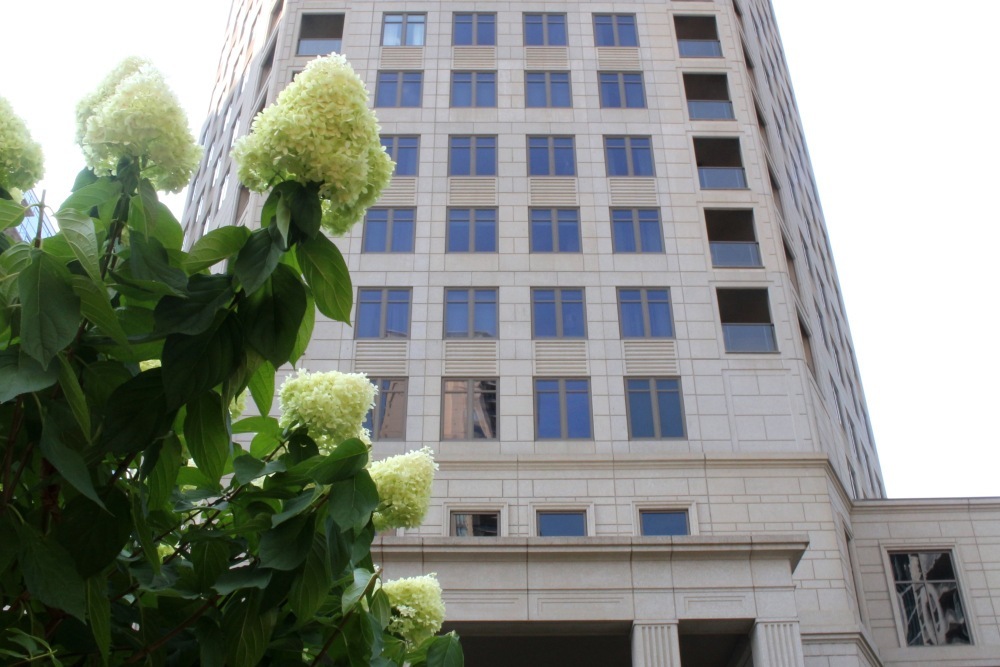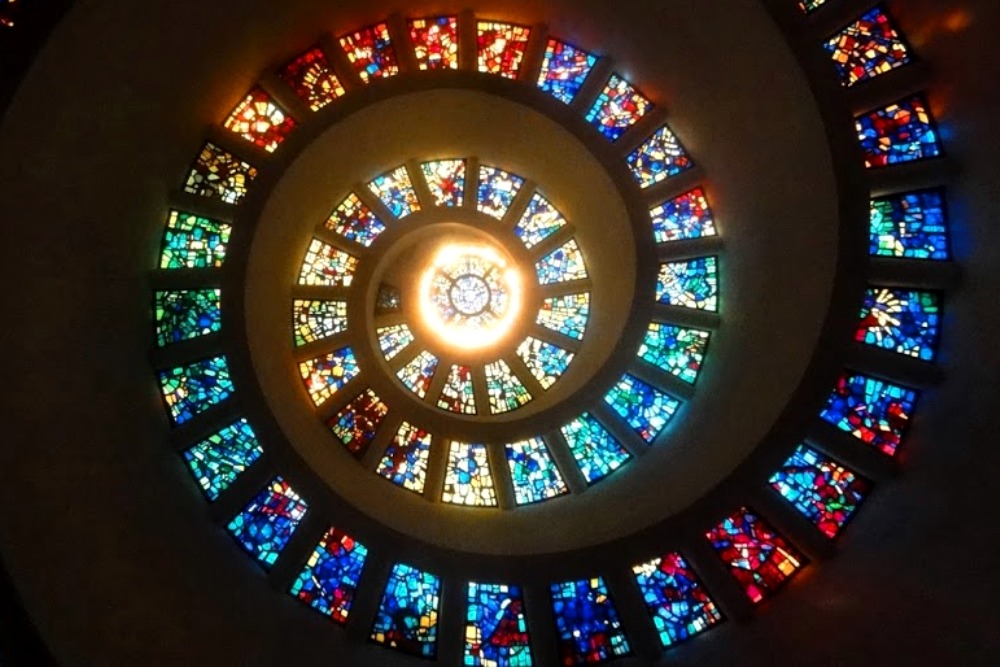
Simply observing a painting is sometimes just not enough to satisfy one's need to really appreciate the artwork's content and beauty. Often, it can be helpful to know some information that perhaps indicates the date of execution and/or the context in which it was made. Casually looking at a work of art is different than observing it carefully and methodically. For instance, a well-crafted portrait may describe the subject character both physically as well as temperamentally; or a painted landscape scene can take us into the past or to a distant place. Some historical and biographical information can guide us in understanding details that are very diverse from our own daily experience. To analyze an image, it is often helpful to attempt to describe the work verbally, thereby transforming the visual language into verbal language. This operation allows for the creattion of mental connections between the work of art and our personal history. In addition, the description operation generally leads us to prolong the observation of the work for a longer time. In this way, our eye captures additional details and aspects that a hasty and distracted look may cause us to neglect. In this way, it is also beneficial to identify an artist's style whe we look at art for sale in order to place the work in the right temporal and geographical context. In addition, the knowledge of the author's life and artistic research allows you to appreciate the quality of the work and understand its history.
Observing the colors of the work helps to refine an 'aesthetic' look. The painters did not always simply use and reproduce the colors observed in reality. Rather, many great artists have created their own chromatic language which constitutes a precise stylistic signature. It is also necessary to observe the painting very carefully to identify natural or artificial light sources and consider the ways in which they illuminate the portrayed character or the figures of the environment. Often, the light creates the space in which the scene takes place and highlights the main figures. To fully appreciate the beauty and peculiarities of a sculpture, it is necessary to observe it in real life. In fact, by moving around the wor,k it is possible to see all of its parts and consequently understand the compositional setting conceived by the artist. Sculpture, in fact, can offer more points of observation and reserve surprises revealed by a more in-depth analysis around it.
Unlike a photograph, the space in a painting is represented with techniques that artists have developed over the ages. Their research and their stylistic choices have made it possible to create images that are free from the objective representation of reality and may cleverly deceive our visual perception. By careful composition, the position of the figures, the arrangement of space, and of the compositional lines are often the secret of great painting. Past artists created the images that still inspire directors and masters of cinema today. The artist's life helps to approach the work emotionally and to understand it intellectually as human vicissitudes have also been decisive in the creation of paintings and sculptures. In addition to the interest that the personal story of an artist can arouse, knowing his biography leads to seeing his works in a 'new light'. Observing the works of art exhibited inside a museum is irreplaceable since the reproduction of images as published on paper or electronic texts can remove from our sight the physical component of a painting and a sculpture. It is important to observe the surface of a canvas, the matrix of the brush strokes, the clots of colors. A photographic or video reproduction of a three-dimensional sculpture, then, only partially manages to convey its essence. Furthermore, the inevitable color change typical of reproduction must be considered. In the case of frescoes or partially accessible works, the image helps to deepen the vision, but a visit to the actual site is a valuable experience in order to get in touch with the atmosphere of the place that has hosted the work of art for quite a number of years or centuries.
The analysis of a work of art is the subject of a number of texts that describe the philosophical and theoretical assumptions that have guided the respective authors in creating a method of observation and interpretation. Despite the specific essays on analyzing a painting or a sculpture, it is necessary to have some notion derived from other disciplines such as the psychology of form and principles of semiotics. Moveover, notions of history and iconology are useful as well as aids to decoding the meanings of images produced within specific cultural contexts. The analysis of artwork today tends to be of a semiological type and is based on established, historical, and scientific data. It is therefore different from the interpretative readings elaborated in the past which were based on the philosophical and aesthetic principles of intellectuals who held the monopoly of knowledge. Despite this, their reading allows you to further deepen the approach to a work and observe it from a further enriching perspective.

